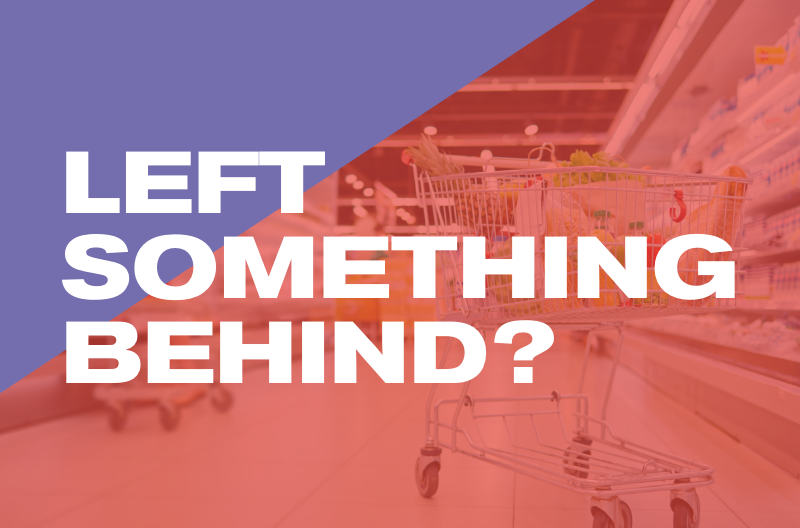4 February 2022
The State of Marketing 2022 - Search
Read More

Whether you’re the Taliban or the state of Hawaii, using technology to communicate with people can have it’s pitfalls.
For most companies, email is an easy and convenient way to communicate with their customers. Email lets you fire off your messages to large numbers of people, delivering your brand message, your offers and your latest products all with the click of a button.
However, while it’s easy enough to send out a couple of emails to those on your mailing list, whether they actually have an effect on your potential customers is another question altogether. Thing is, we know that email marketing is effective. With the average welcome email opened by 82% of customers, and email bringing in an average ROI of 4,200% (that’s $42 for every $1 spent), the market is set to be on track for $17.9bn by 2027.
So what’s stopping you from making the most of email marketing? Chances are, if your email’s are generating nothing but stampedes to the unsubscribe button, your marketing strategy needs addressing.
It’s only natural that some things thrive where others fail, which means despite those new running shoes I bought, you’re still not very likely to see me 100m sprint in the Olympics. The same can be said for email marketing (no, you’re not likely to see an IKEA wardrobe on the starting line either), it can be a lot harder to sell certain services through the magic of email marketing.
Some things, products and services chiefly, are much easier to sell than others. But, just because your content doesn’t naturally lend itself to email marketing doesn’t mean you can’t have a successful campaign. Afterall, that’s where your wider marketing strategy comes into play. As a retention channel, email allows you to build up a relationship with the people you’re contacting. If you keep providing them with quality content that’s relevant to them, they’re going to look forward to your email, and trust and recommend your brand, products and services.
You know how when you sign up for a service or purchase a product from an online shop for the first time and you automatically receive an email thanking you or welcoming you to the email list? Well, there isn’t someone in a room, working their keyboard to the bone, thanking new customers (or at least, we sincerely hope there isn’t).
No, there’s a much less dystopian way of ensuring customers receive a timely email after converting. Automating your emails to send at opportune moments can save you a great deal of time and effort, not only this but they can be a nice touch for customers. Giving discount codes for first time buyers, and providing prompt shipping information and purchase confirmation are all standards of email marketing today, and without them service would feel incomplete.
One of the benefits of sending emails to large numbers of people is that you can experiment with what you want to say. With A/B testing you’re able to trial different approaches to your emails.
Say you want to push the boat out and include some snappy copy and a header image that pops so hard it’ll crack the phone screen of the person reading it, but it’s a change in tone of voice and therefore a bit of a risk. One way you can test if the new email will be successful is through A/B testing, which can provide you with an accurate answer to which is the better option.
Common things worth testing can be the subject lines and content. We’re not recommending you go too wacky though, you still have to consider what your audience would appreciate and interact with. However, A/B testing can reveal a lot about those on your mailing list, which leads me on to…
Knowing what your target audience wants, and what they’re receptive to can play a large role in deciding what to send them and how often. Some things are a given, for example, if you sell artisan socks hand crafted in deepest, darkest, Devon, then you can assume the people who signed up to your mailing list care about high quality, British made clothing, the price of your products will tell you something about how much they’re willing to spend on products (or how much they’d like to spend on products).
Some things you can’t defer from your services, and have to be sourced elsewhere like surveys or Google Analytics. But, once you know what your customers want and what they like, you can begin the process of segmentation. It may sound like a subject you’d cover in a GCSE geography lesson but by defining your audience and categorising them into “segments”, you can narrow your focus, to provide personalised emails that target specific services. By curating emails for specific groups of customers you can expect a higher opening rate and level of engagement.
It’s easy to underestimate the power of email, especially if you don’t have a proper plan in place. Once you begin to formulate a strategy and track the effectiveness of the changes you’ve made, you won’t look back.
Key takeaways


Still the same great data driven services, but now with a different name